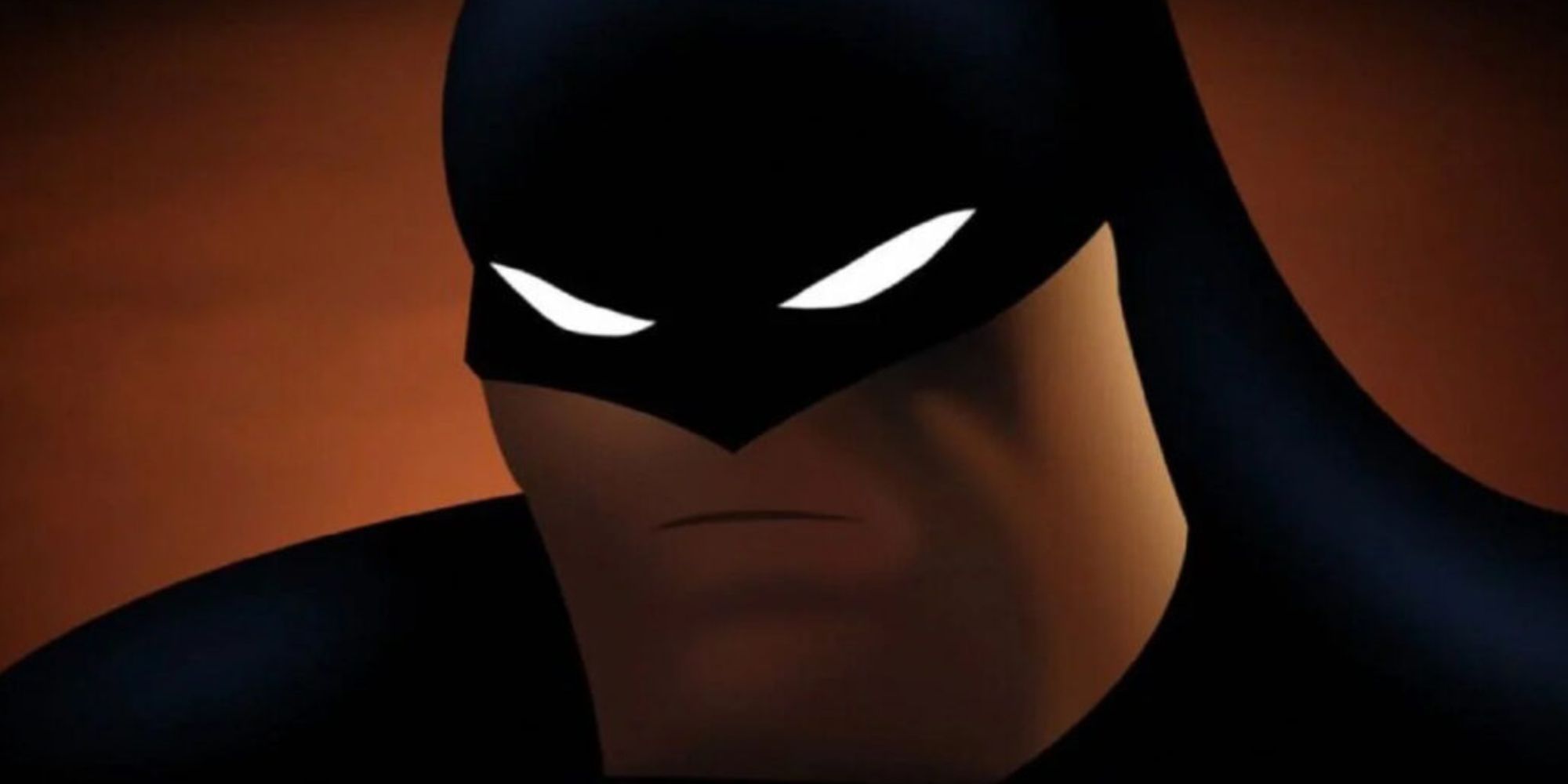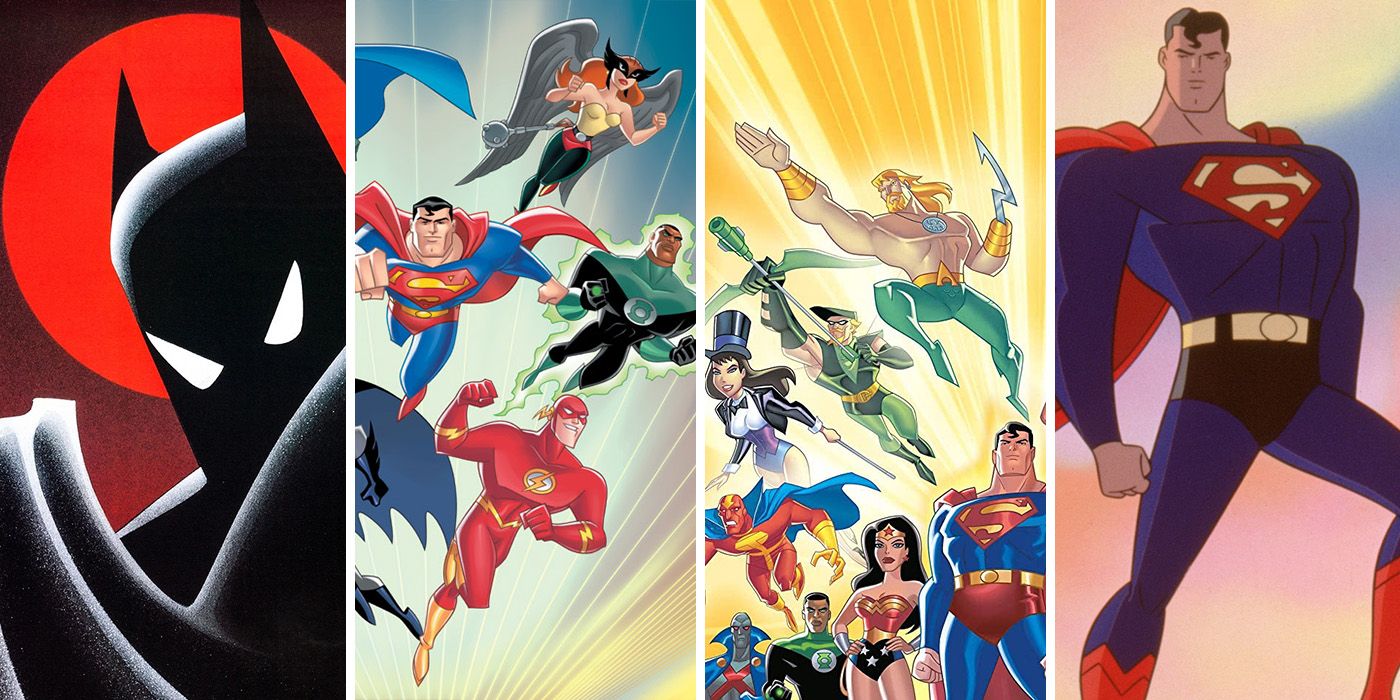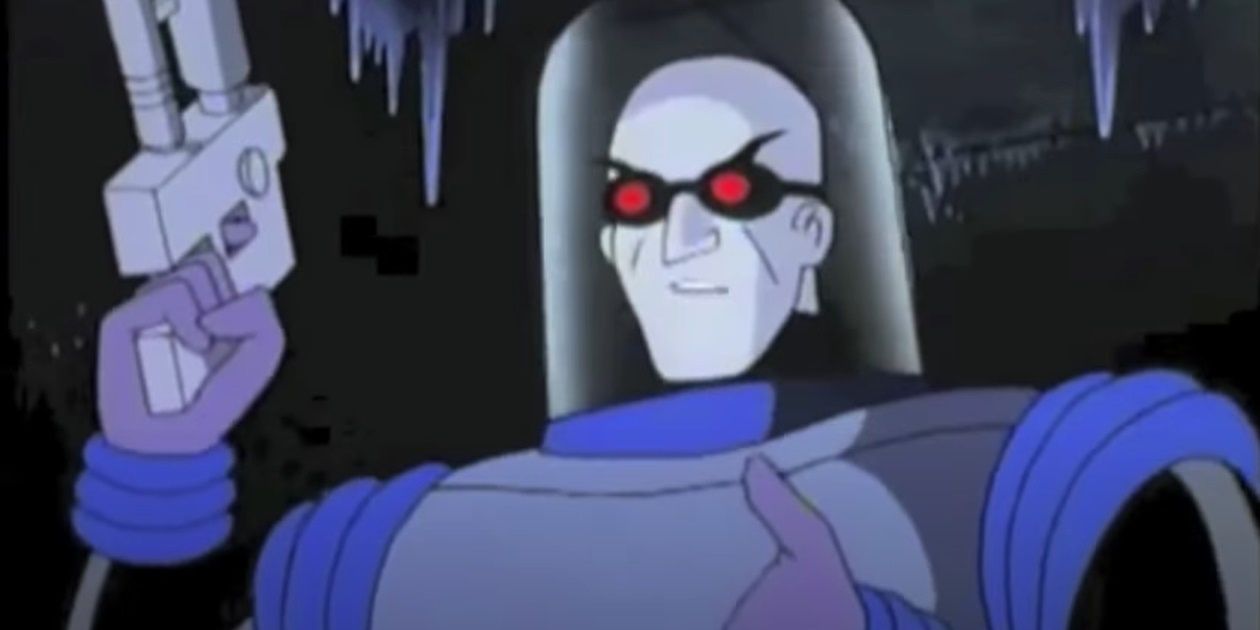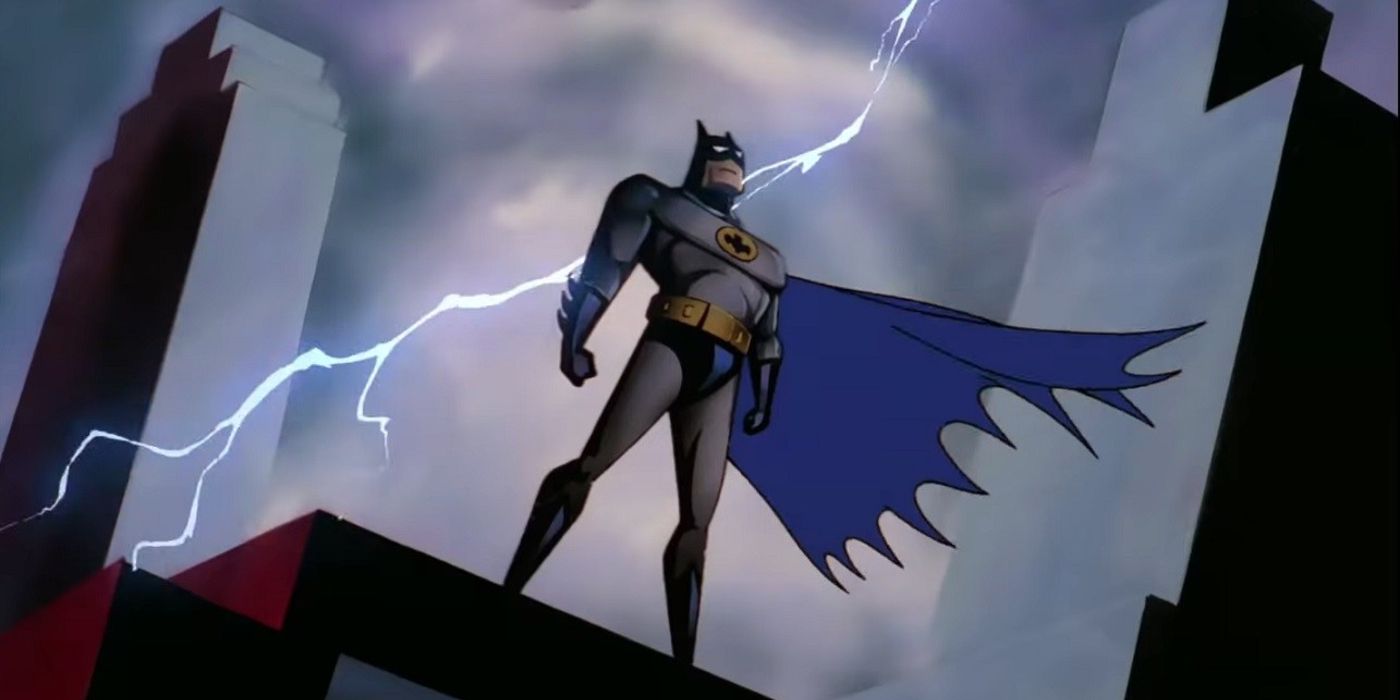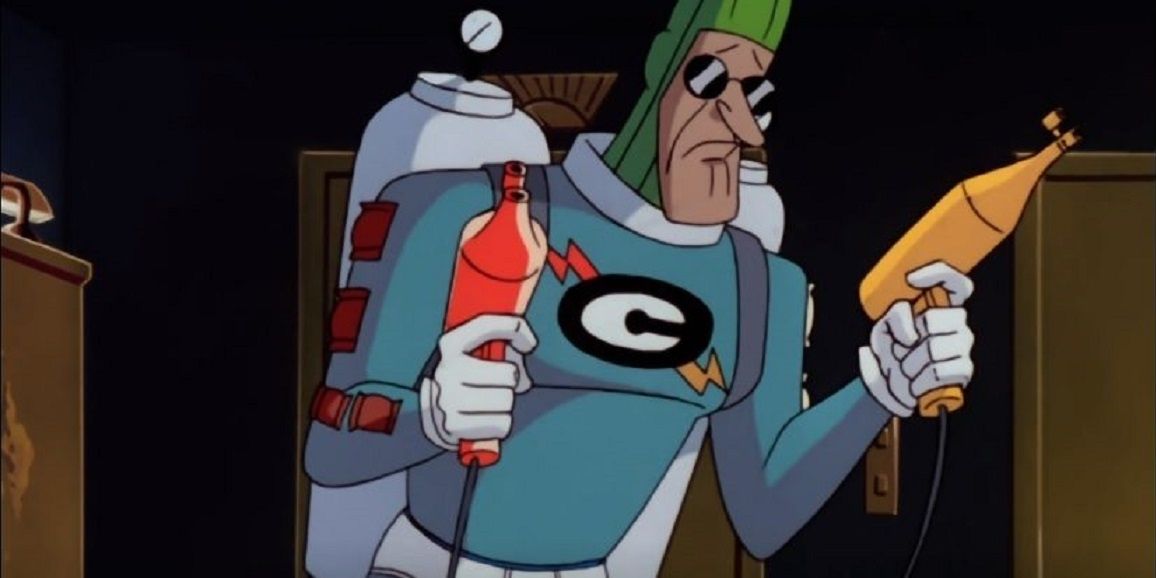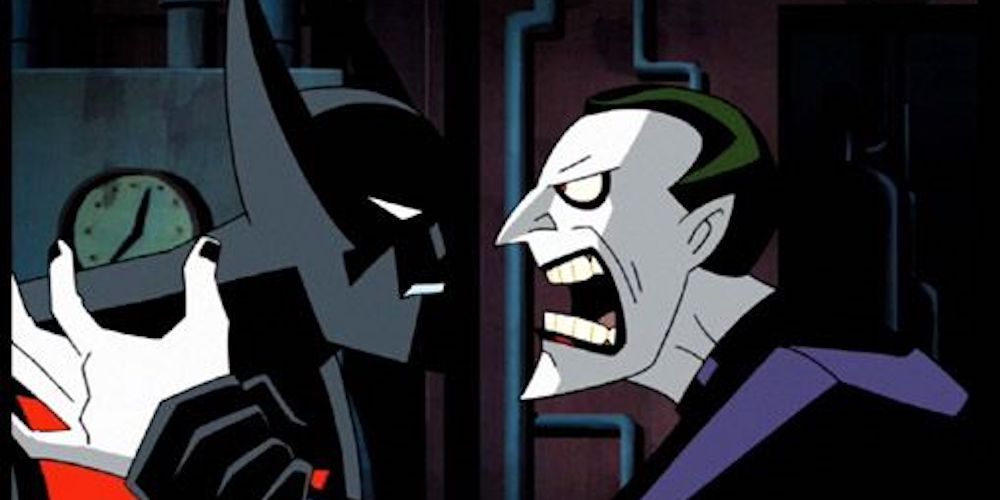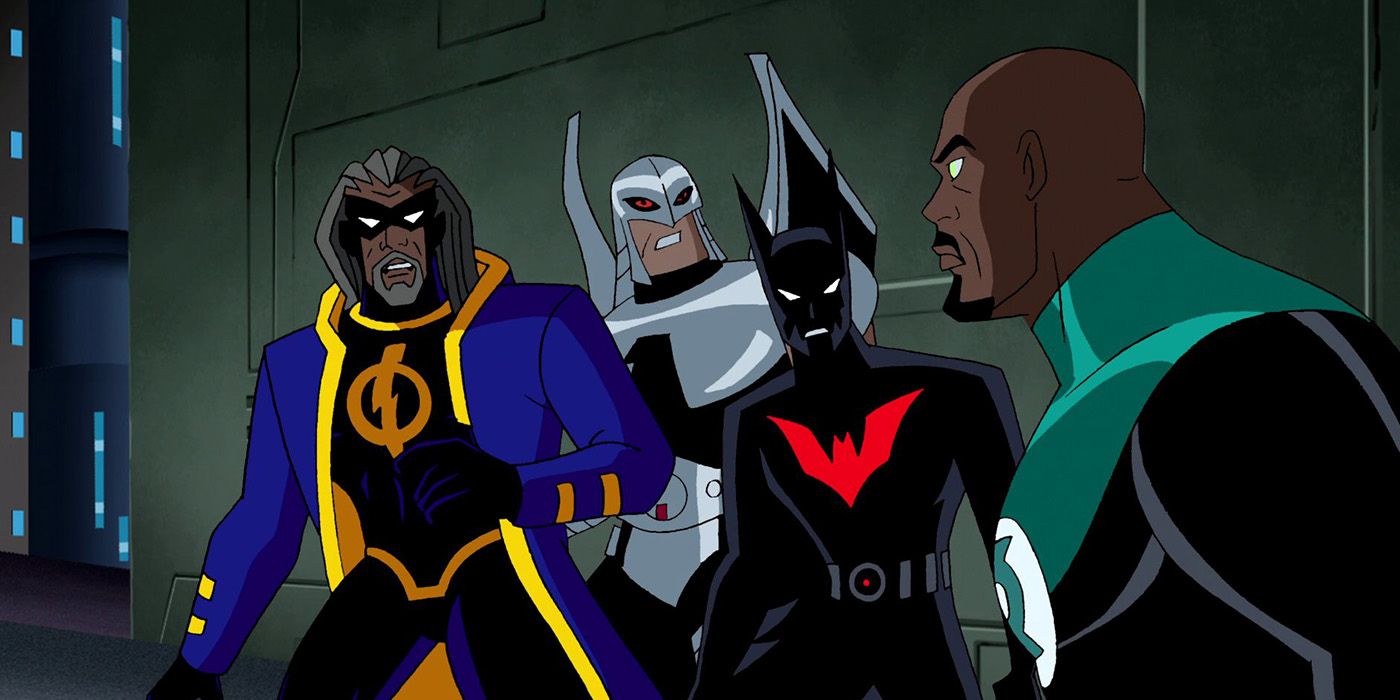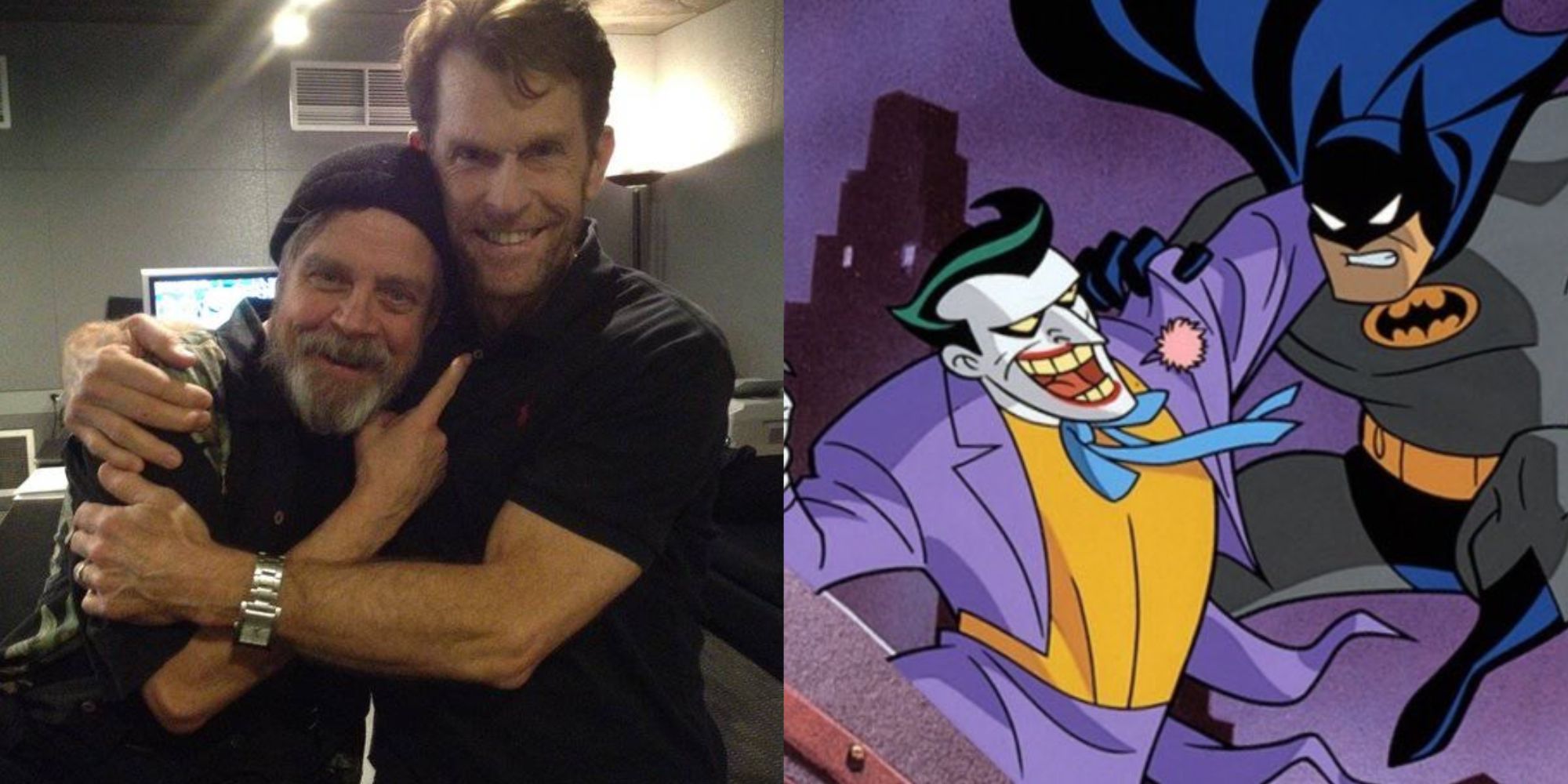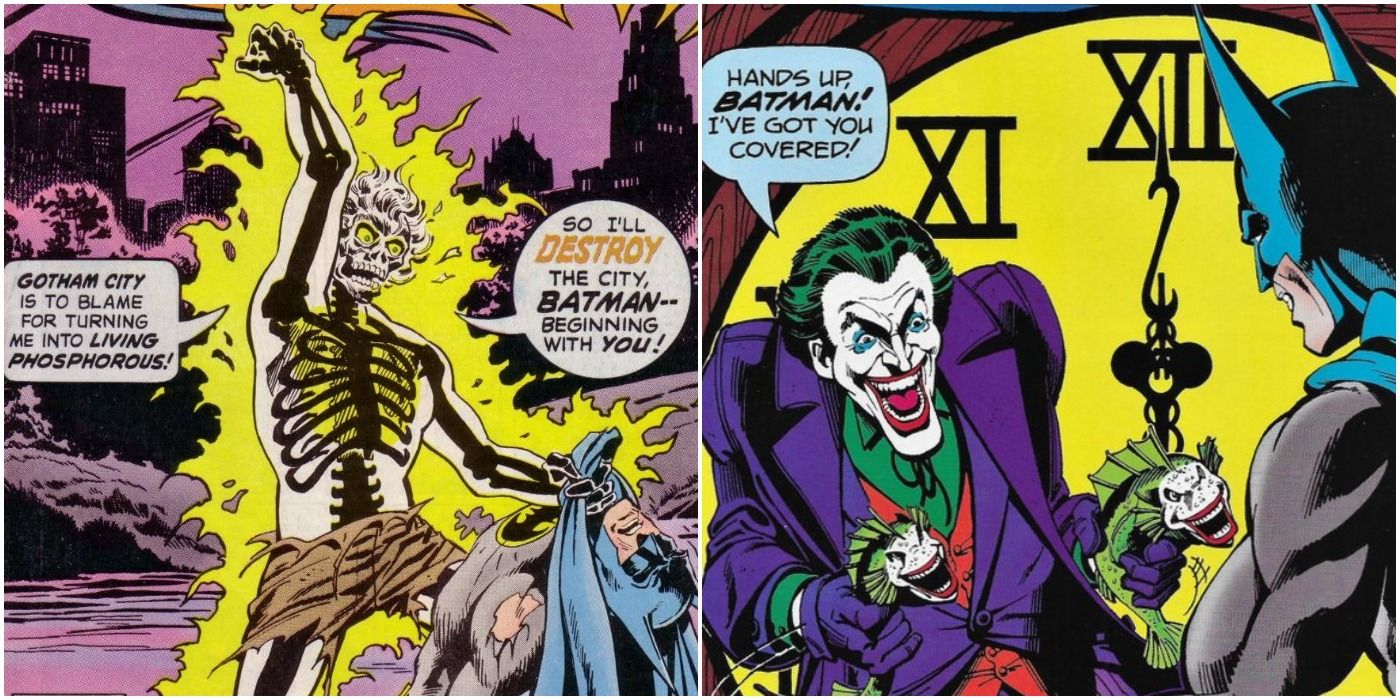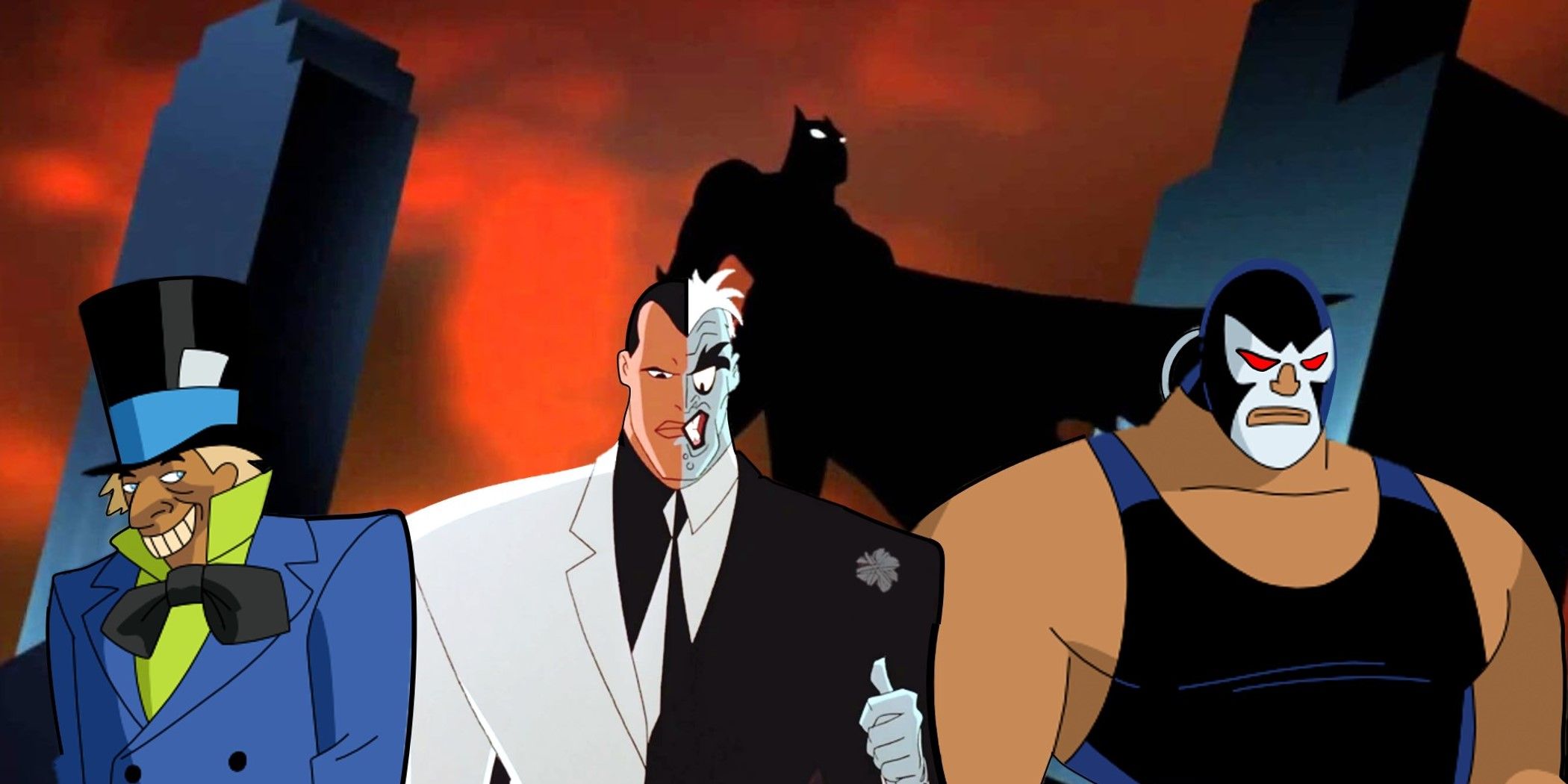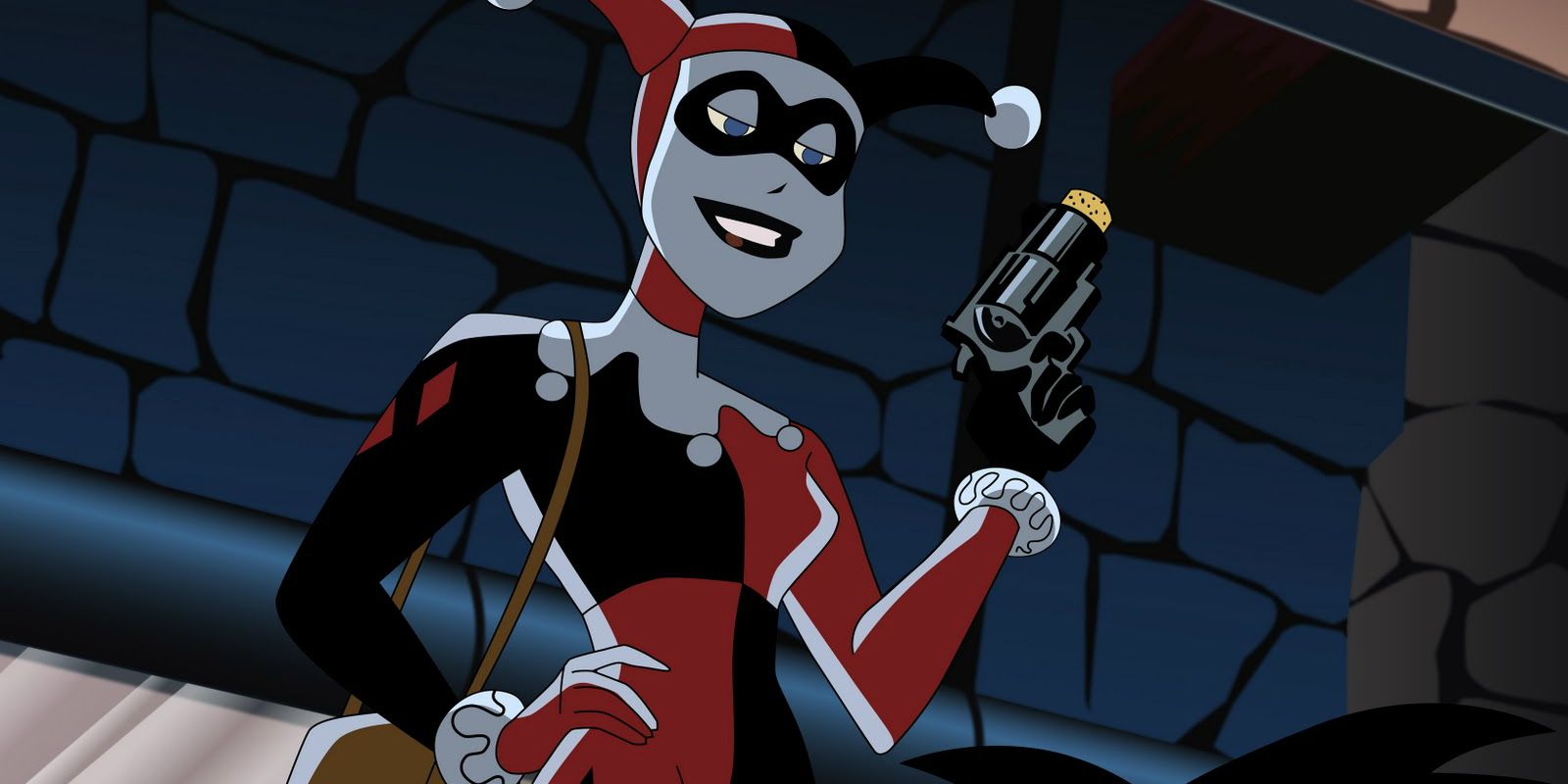Batman: The Animated Series premiered in 1992 and became an instant classic. It had a combination of outstanding art, music, voice acting, and writing that was unmatched at the time, and set a bar so high that few shows have managed to clear since.
But far from merely changing the standards of its time, Batman: The Animated Series was so influential that its effects can still be felt to this day in children's animation, especially in DC animation. It was a watershed moment in DC history, and studying it will demonstrate just how long-lasting and far-reaching its impacts have been.
10 It Set The Stage For DC Animation
Before Batman: The Animated Series, there hadn't been a DC-inspired cartoon in nearly five years, following the short-lived Ruby-Spears Superman and the end of the Superfriends two years earlier. But in the years since its debut, there's been a nearly constant run of DC cartoons.
The success of Batman: The Animated Series led to Superman: The Animated Series, Batman Beyond, Static Shock, Justice League, and more. The success of its theatrical films, such as Batman: Mask of the Phantasm, also served as proof of concept for DC's direct-to-video animated movies, which have been in constant production for decades.
9 Redefining Mr. Freeze
Mr. Freeze is one of Batman's oldest villains, and like many of the senior members of Batman's rogues' gallery, his methods and characterization have changed over time. What sets Dr. Victor Fries apart, however, is just how dramatic that change was and how it was handled. While most evolved slowly over time in the comics, Mr. Freeze was rewritten in the course of a single episode of television.
Heart of Ice, the episode in question, is almost universally held up as the greatest episode of Batman: The Animated Series. It won a Daytime Emmy for Outstanding Writing, and Mr. Freeze almost immediately had his story changed in comics and film to match his tragic origins, determined to save his wife from her terminal illness, as depicted in the show.
8 It Proved Kid's Animation Could Have A Dark And Serious Tone
Batman: The Animated Series was a notable departure from DC's previous animated shows, and kid's animation in general. Previous cartoons had largely been bright, heroic, and light-hearted, but not Batman: The Animated Series. Many of the stories are tragic and focus heavily on the mental or physical illness of the villains.
Even the episodes that aren't violent or tragic take themselves very seriously. Many of them spend time exploring the morality of what Batman does or take the time to highlight the collateral damage of crime in Gotham City. While cartoons exploring nuanced, mature topics has become more common nowadays, in the early 90s, it was almost unheard of for a Saturday morning kid's show to make such a bold move.
7 Introducing The Condiment King
The Condiment King is a silly villain, and most people assume he comes from the old days of Batman comics. The writers of Batman: The Animated Series struck gold with the King because he was created for the show as a parody of the old, silly Batman villains.
Unlike other odd villains, like Kite Man or Polka Dot Man, the Condiment King hasn't gotten any real change to his gimmick or been reworked to be cool. No, his very existence is still the butt of jokes in everything from The Lego Batman Movie to Harley Quinn. And even though he hasn't changed much since his debut episode, he still gets a laugh from many fans. Because the King was originally a stand-up comic before being brainwashed by Joker into thinking he was a supervillain, he'd probably approve.
6 Bruce Timm's Art Became The DC Standard
The retro, art deco style of Batman: The Animated Series is vital for its storytelling. It gives the world a timeless feel, somehow both old and futuristic. Bruce Timm's art style, most specifically his character designs, would be used in almost every DC animated project in the 90s and early 2000s.
Bruce Timm's art defined each series he worked on, inspiring its action and storytelling. He was so influential in the entire DC Animated Universe that Batman: The Animated Series spawned is often called "The Timmverse."
5 DC Crossover Specials Started Here
As DC began producing more and more shows based on its heroes, they also began to make crossover episodes between those shows, featuring the likes of a young Static Shock or the Justice League being transported to the world of Batman Beyond, and more. But while the crossovers are primarily associated with the shows of the early 2000s, they began with Batman: The Animated Series.
One of the series' earliest episodes, "Beware The Gray Ghost," features the previous Batman, Adam West, as a worn-down old actor who played a vigilante on TV, and in a way, passes the torch from his Batman to Conroy's Batman. But that wasn't all, as Conroy's Batman would appear in several episodes of Superman: The Animated Series, and would play a prominent role in Justice League.
4 The Most Iconic Voice-Acting Duo
In a cast studded with celebrities and talented voice actors, Kevin Conroy and Mark Hamill stand above. Their performances are so robust that few actors, live-action or not, manage to outshine them. Conroy's Batman is the perfect mix of menacing and stoic. It is gruff, but there is emotion and warmth behind it. Conroy also manages to pull off an entirely different voice for Bruce Wayne, a bright and cheerful baritone matching the smile Bruce often wears.
Mark Hamill's joker, on the other hand, has largely become the clown prince of crime's definitive voice. He delivers the Joker's funnier lines with bombast and mania, which only adds to the terror he brings to the Joker's sinister dialogue, along with a perfect evil laugh. The dynamic between Hamill and Conroy is one of Batman: The Animated Series shining pillars, and may never be outdone.
3 Drawing From All Eras Of Batman's History
In concert with the retro aesthetic of Batman: The Animated Series, many of its episodes also drew from older Batman stories. Most notably, some of its most famous episodes were directly adapted from the Batman comics of the 70s written bySteve Englehart, Marshall Rogers, Denny O'Neil, and Neal Adams.
Alongside its direct adaptations, the series also drew from all across Batman's history in its characterization of the heroes and villains, who are all a mix of their older and more modern selves. Villains like the Riddler and Joker are far more menacing and dangerous than their silver age selves, but retain their whimsical attitudes, committing silly crimes simply to confound Batman.
2 Changing Batman's Dynamic With His Villains
The other side of Batman: The Animated Series famously exploring and developing the tragic sides of its villains is that it reframes Batman not as a punishing terror, but as a stern hand. Sure, Batman fights the likes of Two-Face and Killer Croc, but he also goes out of his way to understand them and learn their histories.
Batman is far from cold-blooded in the series, and he fights not just to protect Gotham from his villains, but also to protect them from themselves. He seeks to help them, to reform them, to get them to change their ways if he can. From his heartfelt conversations with aging mob boss Arnold Stromwell to handing over the evidence that would bring the killers of Mr. Freeze's wife to justice, Batman fights both for and against his rogues.
1 Inventing Harley Quinn
Of all the amazing accomplishments of Batman: The Animated Series, Harley Quinn's creation has been the most important. Adding her to the cast allowed for more drama between Batman and the Joker, as Joker's abuse of Harley contrasted Batman and Robin's relationship.
But far from merely being Joker's sidekick, Harley has since evolved into a phenomenally written character able to stand on her own. As a result, today's stories about Harley Quinn are some of the best DC has to offer, and it's all thanks to Batman: The Animated Series.

